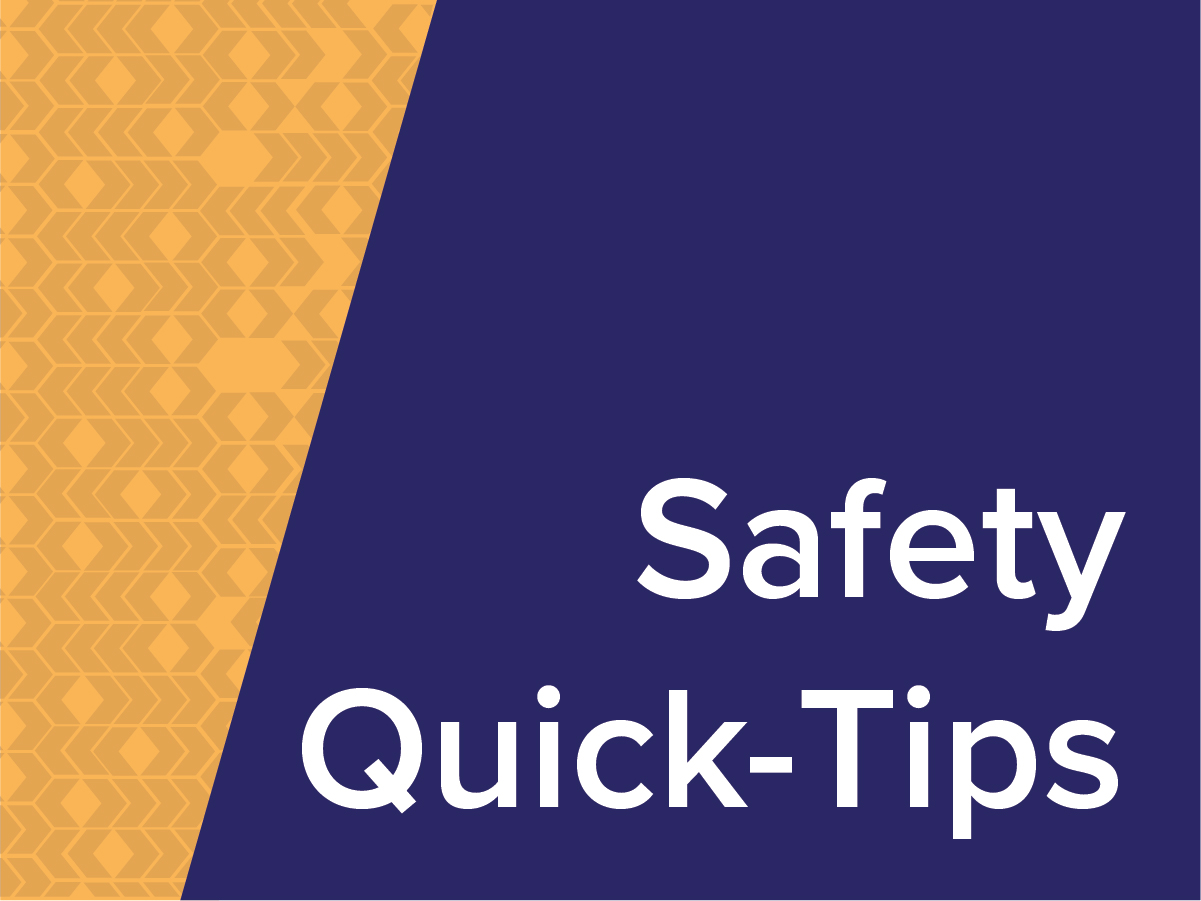[et_pb_section bb_built=”1″ _builder_version=”3.0.47″ custom_padding=”0|0px|54px|0px|false|false”][et_pb_row _builder_version=”3.0.48″ background_size=”initial” background_position=”top_left” background_repeat=”repeat”][et_pb_column type=”4_4″][et_pb_text _builder_version=”3.8.1″]
June: National Safety Month
June is National Safety Month and our team at Optimum Safety Management is celebrating by sharing our best tips for Building a Culture of Safety. Observed annually across industries, this safety month provides an opportunity for both employers and employees to engage in conversation about ensuring safety for everyone. Whether at work, home, or out in the community, there is always opportunity to reduce risk and leading causes of injury. If you follow along on our social media accounts, you will have seen several ‘Safety Quick-Tips’ put together by our team. These tips focus specifically on practical advice to build a culture of safety in the workplace. Ranging from general ideas to specific applications, these tips include something for everyone. Building a culture of safety is not complete in a day, but requires the daily involvement of everyone in the organization. It might take several years, but a culture of safety ensures workers are valued and return home to their families each night. For National Safety Month, our team delivers 11 Safety Quick-Tips to help you build a culture of safety.
11 Safety Quick-Tips for Building a Culture of Safety:
[/et_pb_text][et_pb_blurb title=”Care About People” content_max_width=”85%” _builder_version=”3.8.1″]
The old saying goes “people don’t care how much you know until they know how much you care.” A truly great safety culture is built through personal investment in the people of the organization. Cultures that care about PEOPLE naturally translate to cultures that care about safety. – Steve Yates, CEO & Founder
[/et_pb_blurb][et_pb_blurb title=”Create a Consistent Message” content_max_width=”85%” _builder_version=”3.8.1″]
From CEO to Front Line Supervision, management must understand and show through their actions that the safety of the employees is the priority. – Mike Hartnett, Safety Professional
[/et_pb_blurb][et_pb_blurb title=”Let Employees Voice Their Opinions” content_max_width=”85%” _builder_version=”3.8.1″]
Engage employees by asking their opinion on how to improve injury prevention. The employees who are closest to the hazards are likely the ones closest to the solution. – Bill Holder, COO & President
[/et_pb_blurb][et_pb_blurb title=”Practice What You Preach!” content_max_width=”85%” _builder_version=”3.8.1″]
All safety procedures and policies should be implemented and followed by all company representatives from the front-line worker to executive management. Lead by example! – Rich Martin, Safety Professional
[/et_pb_blurb][et_pb_blurb title=”Promote the %22Why%22″ content_max_width=”85%” _builder_version=”3.8.1″]
Any initiative becomes more effective when employees know why they’re asked to perform certain tasks. Think about why safety is important in the workplace and ensure that message is communicated to everyone. – Troy Lugg, Safety Professional
[/et_pb_blurb][et_pb_blurb title=”Build a Systematic Approach” content_max_width=”85%” _builder_version=”3.8.1″]
Investing in safety is the same as any other investment in your company. To see a return on investment you must do it systematically. Assess your needs, set goals, plan, implement, and assess the results and do it again. – Mike Hartnett, Safety Professional
[/et_pb_blurb][et_pb_blurb title=”Get an Outside Opinion” content_max_width=”85%” _builder_version=”3.8.1″]
Bring in an outsider to look at your location with a fresh set of eyes. It can be difficult to recognize issues when you work so closely to them. – Rich Martin, Safety Professional
[/et_pb_blurb][et_pb_blurb title=”Warn, Inform & Direct” content_max_width=”85%” _builder_version=”3.8.1″]
It’s important to continually remind everyone about the safety process and expected behaviors. Post plenty of signage around work areas and build an ongoing conversation around safety. – Troy Lugg, Safety Professional
[/et_pb_blurb][et_pb_blurb title=”Don’t Plan the Safety Program Last” content_max_width=”85%” _builder_version=”3.8.1″]
Considering safety in the planning stages of the job leads to easy safety solutions. Waiting until safety questions arise leads to difficulty achieving compliance. – Mike Hartnett, Safety Professional
[/et_pb_blurb][et_pb_blurb title=”Turn Incidents Into Opportunity” content_max_width=”85%” _builder_version=”3.8.1″]
Safety incidents can be viewed as an opportunity to identify system failures and improve the system. When incidents occur, don’t blame individuals but instead use this as an opportunity to improve. – Troy Lugg, Safety Professional
[/et_pb_blurb][et_pb_blurb title=”Continually Improve the Process” content_max_width=”85%” _builder_version=”3.8.1″]
It is not enough to train employees in safety, you must follow through and consistently reinforce training through the use of corrective action when unsafe behaviors are observed. – Mike Hartnett, Safety Professional
[/et_pb_blurb][et_pb_text _builder_version=”3.8.1″]
To learn more on how to build a culture of safety, visit the following resources:
Thanks for joining us in celebrating National Safety Month. Find graphics for each quick-tip and comments from fellow industry professionals on any of our social networks. To start a conversation on how to build a safety culture today, contact us at 630.759.9908 or Info@Optimum-USA.com.
[/et_pb_text][/et_pb_column][/et_pb_row][/et_pb_section]








